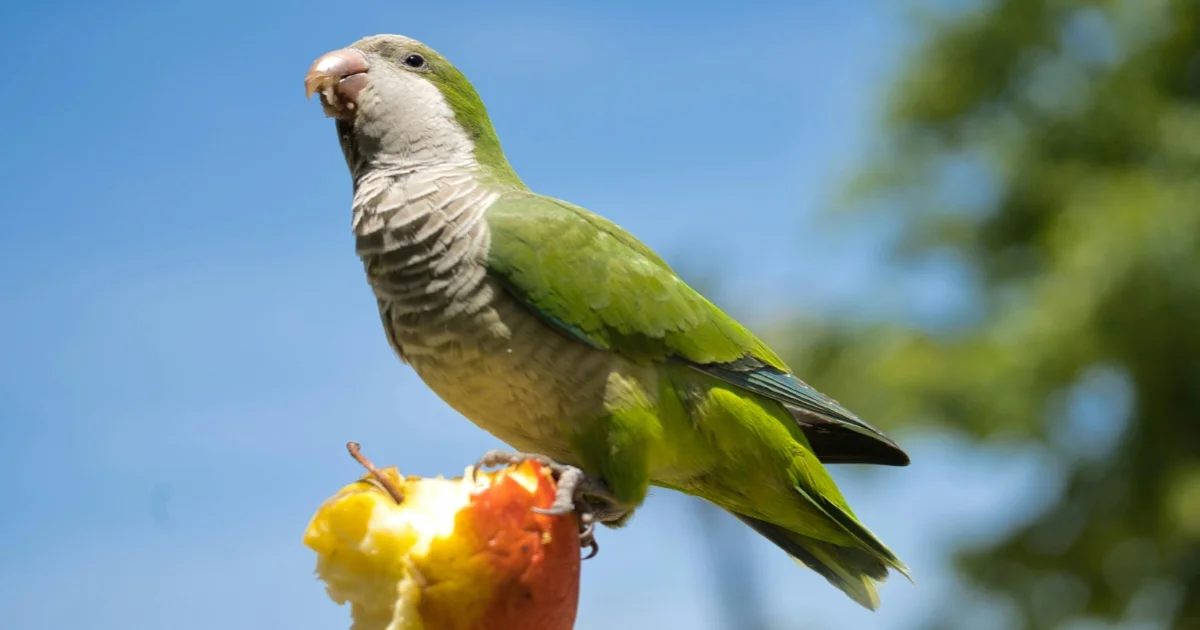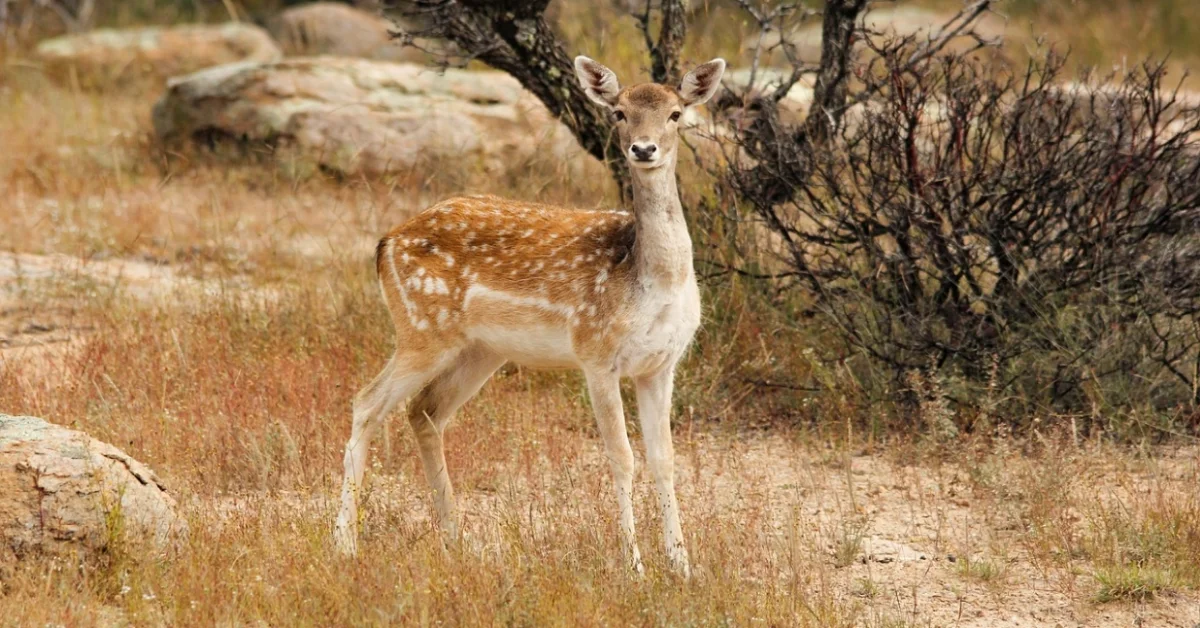Iguana

Life Span
10–25 years
Top speed
35 km/h
Size
1.2–2 m
Weight
4–8 kg
Iguanas are herbivorous reptiles native to tropical regions. They belong to the Iguanidae family and are well known for their distinctive appearance, including long tails, spiky crests, and sharp claws. Found in forests, coasts, and urban areas, they are excellent climbers and swimmers, adapting well to various environments.
Iguana Facts Overview
| Size: | 1.2–2 m |
| Weight: | 4–8 kg |
| Top Speed: | 35 km/h |
| Food: | Leaves, fruits, flowers |
| Color: | Green, blue, brown, red |
| Location: | Americas, Caribbean |
| Predators: | Birds, snakes, mammals, humans |
| Lifespan: | 10–25 years |
| Habitat: | Forests, coasts, rocks |
| Gestation: | 65 days, hatch in 10–15 weeks |
Interesting Facts
Iguanas can detach their tails to escape predators, a process called autotomy. They have a third eye, the parietal eye, which detects light changes. Some species can change color for camouflage. They are strong swimmers and can hold their breath for over 30 minutes when submerged in water.
Description
Iguanas are medium to large-sized lizards with robust bodies, long tails, and strong limbs. Their scaly skin varies in color, from bright green to gray or reddish hues. They have a dewlap under the chin, which helps in thermoregulation and communication. Males are generally larger with more pronounced spines.
Characteristics
Iguanas have powerful claws for climbing and digging. Their long tails help with balance and defense, often used to whip predators. They have sharp teeth for chewing plant matter. Their keen vision allows them to detect movement from afar. Social behaviors include head bobbing and dewlap displays for communication.
Care
Pet iguanas require a spacious enclosure with branches for climbing, UVB lighting for calcium metabolism, and a temperature-controlled habitat. A diet rich in leafy greens and fresh vegetables is essential. Regular handling helps tame them, but they need careful attention due to their strong claws and territorial nature.
Lifespan
Iguanas have a lifespan of about 10 to 20 years in the wild, while those in captivity can live up to 25 years with proper care. Their longevity depends on diet, habitat, and protection from predators. Regular exposure to sunlight and a balanced diet play key roles in their overall health.
Predators
Natural predators of iguanas include hawks, owls, snakes, and large mammals. In some regions, humans hunt them for food. Young iguanas are more vulnerable to attacks, while adults rely on camouflage, speed, and tail-whipping for defense. Feral cats and dogs also pose threats in urban environments.
Habitat
Iguanas thrive in tropical and subtropical environments, including rainforests, dry forests, coastal areas, and rocky regions. They are excellent climbers and prefer high branches for basking. Some species, like the marine iguana, adapt to coastal life, swimming in seawater to forage for algae.
Distribution
Iguanas are found in Central and South America, the Caribbean, and some parts of North America. Introduced populations exist in Florida and Hawaii. Some species, like the green iguana, are widespread, while others, like the Lesser Antillean iguana, are endangered due to habitat loss and hunting.
Diet
Iguanas are primarily herbivores, feeding on a variety of plant materials, including leaves, flowers, fruits, and vegetables. Their diet may include hibiscus, dandelions, and leafy greens like collard greens and kale. Wild iguanas also consume some insects occasionally. A varied diet is essential for their health and proper digestion.
Behavior
Iguanas are diurnal, active during the day. They bask in the sun to regulate body temperature. Social interactions include head bobbing and dewlap displays for dominance. When threatened, they flee, hide, or use their tails defensively. Some species, like the marine iguana, exhibit group basking behavior.
Reproduction
Iguanas mate seasonally, usually during the dry season. Males compete for females through head bobbing and territorial displays. After mating, females lay eggs in burrows, incubating for 10-15 weeks. Hatchlings are independent from birth and rely on camouflage and agility to avoid predators.
Iguana Scientific Classification
| Kingdom: | Animalia |
| Phylum: | Chordata |
| Class: | Reptilia |
| Order: | Squamata |
| Family: | Iguanidae |
| Genus: | Iguana |
| Scientific Name: | Iguana iguana |
Animals for You
References
1. Iguana Wikipedia Article – https://en.wikipedia.org/wiki/Iguana






